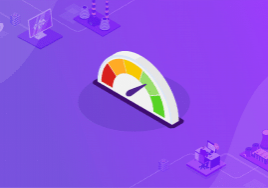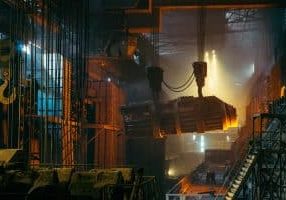Published 06/02/2024
In Europe, the Energy Efficiency Directive obliges member states to set clear targets for energy savings, and calls on them to use available technologies to reduce their energy consumption. Even if technology is not the only solution, it remains essential if we are to achieve demanding targets within the regulatory timeframe.
However, when it comes to acting quickly, it's not always easy to know which technology to opt for, or even where to start.
With this in mind, the implementation of an Energy Management and Optimization System (EMOS) offers companies powerful levers for action. It provides them with invaluable data to better manage energy-intensive processes, simulate transformation scenarios, measure their impact and the energy savings achieved, and ultimately make informed decisions with regard to regulatory requirements on the one hand, and their economic constraints on the other.
In this article, we dive into the details.
01
Why Has Energy Efficiency Become a Priority?
Throughout the European Union, private and public companies are obliged to take action to reduce their annual energy consumption. Since 2012, when the first draft of the Energy Efficiency Directive came into force, all member states have implemented the EU's growing requirements in national law. All the measures and amendments adopted at national level are increasingly binding on economic players, who must communicate their consumption data transparently and with a high level of accuracy, and prove that they are achieving the required volume of energy savings.
" To legally meet EU expectations, all major companies must carry out and submit energy audits according to precise criteria. Except in France, under certain conditions, even ISO 50 001 certification is not enough to provide legal proof that a company is making sufficient efforts to achieve energy efficiency targets. Nevertheless, whether it's a question of complying with ISO 50 001, providing the right audit data, or identifying energy-saving levers, the installation of a digital energy management system is a major advantage. "
Ignace de Francqueville, VP Energy & General Manager Italy METRON
02
A Strategic Approach: We Must See and Understand in Order to Act
It's clear: you can't improve effectively and sustainably what you don't measure. For any company, and for manufacturers in particular, knowing your overall performance level (production level, material losses, energy consumption, etc.) at each key stage of a process is the only way to identify faults, malfunctions and/or excess consumption, and then hope to remedy them. It's also the only way of knowing whether the corrective and improvement actions taken are really bearing fruit.
" Implementing a system that enables you to monitor your performance on an ongoing basis, in line with your company's operational timeframe, is therefore empowering in every respect. It's an investment which, by enabling the right information to reach the right person at the right time, enables them to act in the most effective way on their environment. "
Ignace de Francqueville, VP Energy & General Manager Italy METRON.
This potential can be seen in a number of ways within a company:
Accurate real-time data and greater responsiveness
First of all, digitalization means regular measurements and the possibility of rapidly optimizing machine and process settings. In a plant equipped with an EMOS, for example, it is possible to implement improvement actions linked to the detection of drifts. This is because its installation will have enabled performance monitoring indicators to be put in place, so that we can then know whether or not the data collected is deviating from the expected target performance. So it's an efficiency action. I detect the drift, I correct it and I bring my performance back to its optimal level, instead of letting a process drift and realizing too late that it's consuming too much and costing too much. Alerts and alarms also enable you to react as quickly as possible and minimize losses, by detecting the problem faster and more reliably than a human operator could.
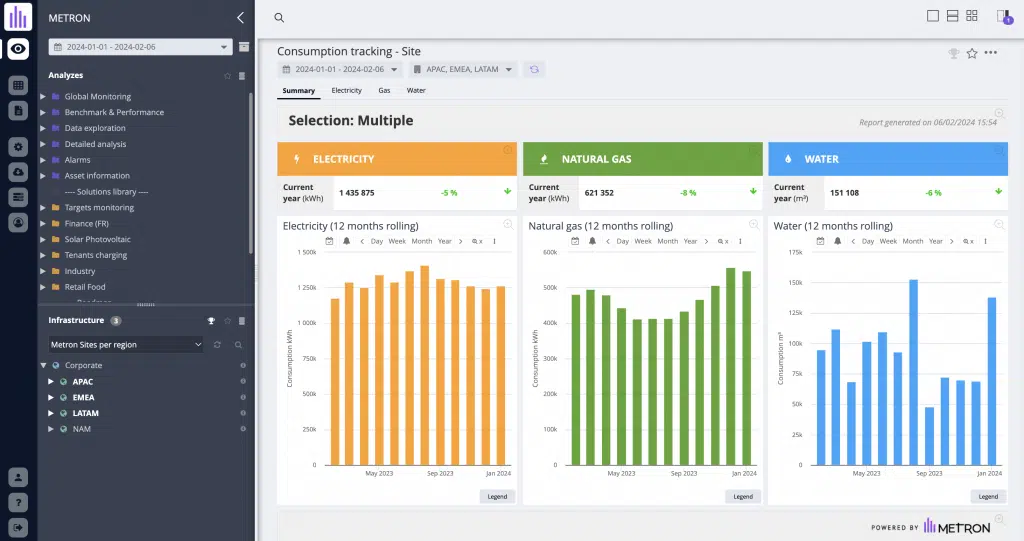
Optimization paths and intelligent consumption predictions
Thanks to the integration of algorithms and calculations, an EMOS also offers the possibility of determining optimal asset operating parameters with regard to consumption.
Digital energy management and optimization systems enable adjustment and asset change scenarios to be established. A manufacturer whose refrigeration equipment consumes too much energy will be able to scenario a different process or a change of asset, enabling them to compare the two options. This type of simulation already exists in engineering. But they are based on fixed scenarios, such as maximum cooling requirements. With an EMOS, however, we are able to simulate dynamic conditions, in the company's actual context of use. This not only enables you to make more informed investment decisions, but also to support the entire process of acquiring and commissioning new equipment. Because simulations provide precise data that can be used to challenge suppliers, better define system specifications and therefore be more precise in expressing requirements.
And, of course, in all cases, an EMOS guarantees precise, reactive control over performance.
Forecasting Algorithms: A Tool to Optimize Energy Consumption

Centralized data to act on more strategic optimization opportunities
For large corporations and international companies with several sites, an EMOS system can help to obtain an overview of the energy performance of all sites, and possibly compare sites with each other. In this way, even with reduced budgets, the most strategic decisions can be taken to improve energy efficiency. For example, an EMOS can help users to more easily identify and take immediate action on the most energy-hungry and under-performing sites.
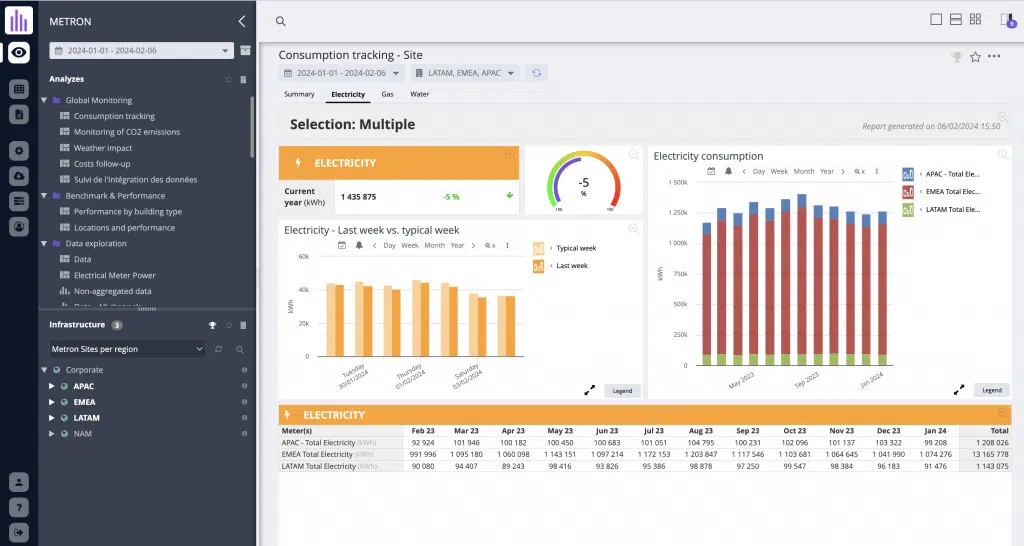
Can be installed in a few months
With the regulatory environment changing rapidly and energy efficiency issues becoming ever more urgent, installing an EMOS also has the significant advantage of being able to be installed quickly. In particular, this can help large energy consumers to act quickly to become more efficient.
And if an EMOS is outsourced - i.e. using another company whose main objective is to create, implement and improve EMOS solutions, rather than creating one from scratch in-house - you can benefit from the advice and knowledge of experts with years of experience in the field of energy efficiency. This will allow you to invest time in building your own energy efficiency team, without compromising the creation of your EMOS, which is outsourced and enhanced by experts specialized in this field.
03
Beyond Energy Efficiency, a Powerful Tool for Meeting Sustainability Challenges
With an energy management system, the company enters into a "Plan, Do, Check, Act" (PDCA) logic that is highly virtuous in terms of energy efficiency, but not only that.
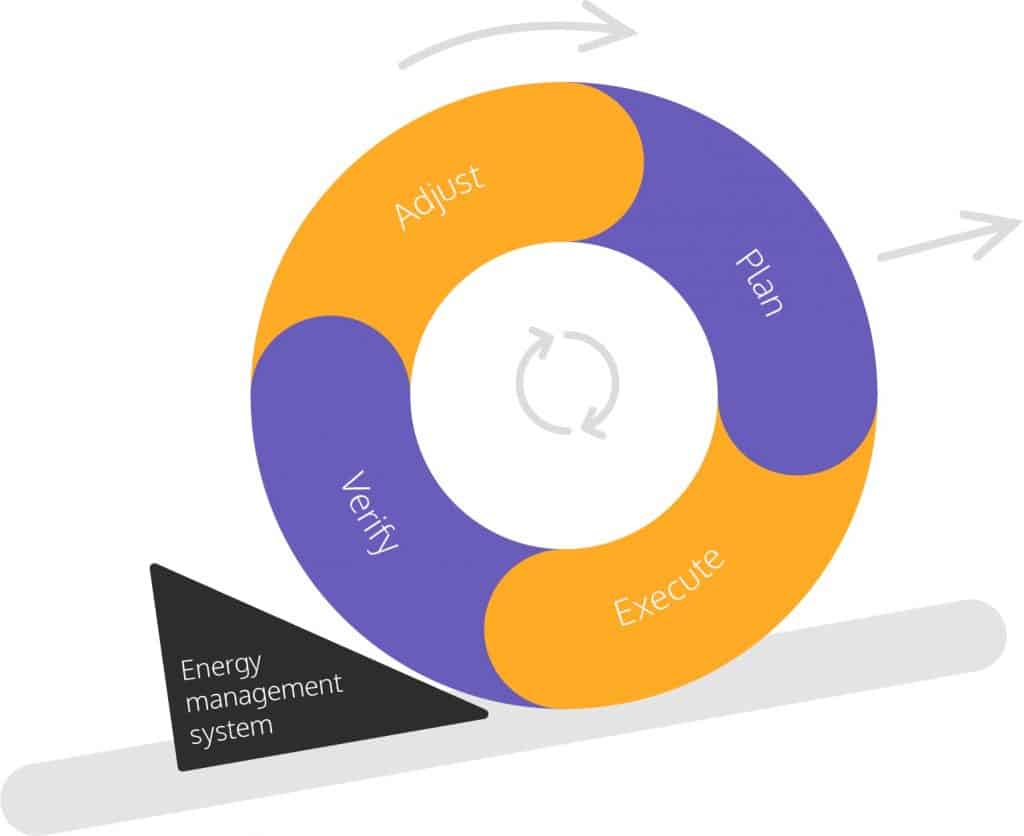
In addition to the Energy Efficiency Directive, the European regulatory context is increasingly requiring companies to take into consideration all their environmental impacts and to take concrete, strong "sustainability" actions. The CSRD (Corporate Sustainability Reporting Directive), for example, published in the EU's Official Journal in December 2022, will tighten the rules on non-financial performance reporting. The sustainability reporting standards detailed and defined within the framework of this directive, known as the "ESRS" standards, provide a framework and standardize company reports.
What Is the CSRD and How Can a Digital EMOS Help You with Reporting?
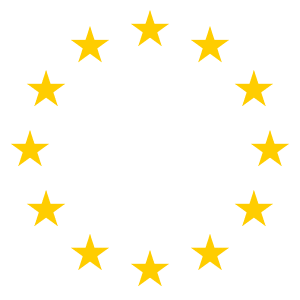
In concrete terms, while up until now, energy efficiency mainly involved taking action to reduce energy consumption, and demonstrating the effectiveness of such action, today the subject also encompasses greenhouse gas emissions and their reduction. Not only must we consume less, we must also decarbonize.
KEY TAKEAWAYS
This energy efficiency approach is compatible with an active fight against global warming, and makes it possible to further homogenize practices and reporting within the European Union. But it also increases the complexity of the task for companies. Not only do they have to measure and understand their energy consumption, and then take action, but they also now have to consider this data in terms of CO2 emissions. This forces them to question their energy mix. When seen from the angle of emissions or CO2-equivalent tonnes of their activity, digitalization is even more interesting, as it will enable them to put this complexity in order, once again to guide decision-making and guarantee control over time.
Would you like to find out more about the features of EMOS and how it can help you achieve your energy efficiency goals?
